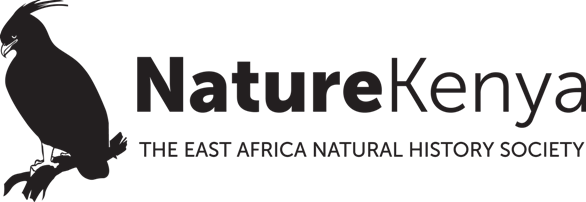By David Magoma
From March 9th to 14th, something exciting happened in the sweeping grasslands of Amboseli and the rugged cliffs of Kwenia. Nature Kenya brought together 14 local community groups – farmers, herders, and women’s groups – to join hands in protecting the incredible wildlife that shares their home.
These landscapes are special. Amboseli, where pastoralists graze their livestock, is also a renowned wildlife sanctuary and home to some of Africa’s most threatened birds, including the critically endangered White-backed Vulture. Not far, Kwenia’s rocky outcrops serve as a vital nesting ground for raptors like the Rüppell’s Vulture, Peregrine Falcon, Martial and Verreaux’s eagles. However, human-wildlife conflict poses a serious threat to these landscapes. When livestock is attacked and killed by predators like lions and leopards, frustrated communities sometimes retaliate by lacing carcasses with poison. Though not the intended target, vultures die after consuming the poisoned carcasses. This practice has led to a sharp decline in vulture numbers.
To minimise the danger and safeguard vulture populations, Nature Kenya is working with the communities to establish Site Support Groups (SSGs) – local networks that will tackle conservation challenges collectively. The groups will spread awareness about the dangers of poisoning wildlife, advocate for community voices in policy decisions, and explore sustainable ways to earn a living while conserving wildlife.
By the end of the engagement, 154 community members (men and women) had embraced the initiative. The next step is to strengthen the groups’ skills and empower them to lead conservation efforts from their villages.
